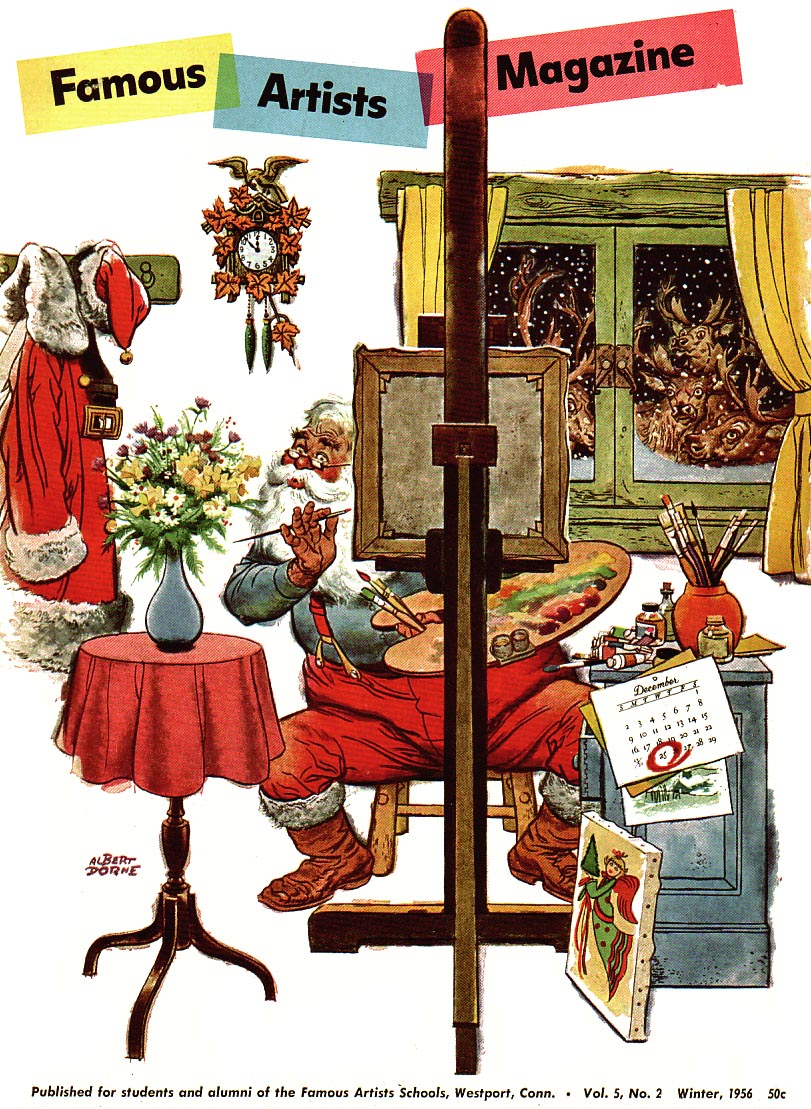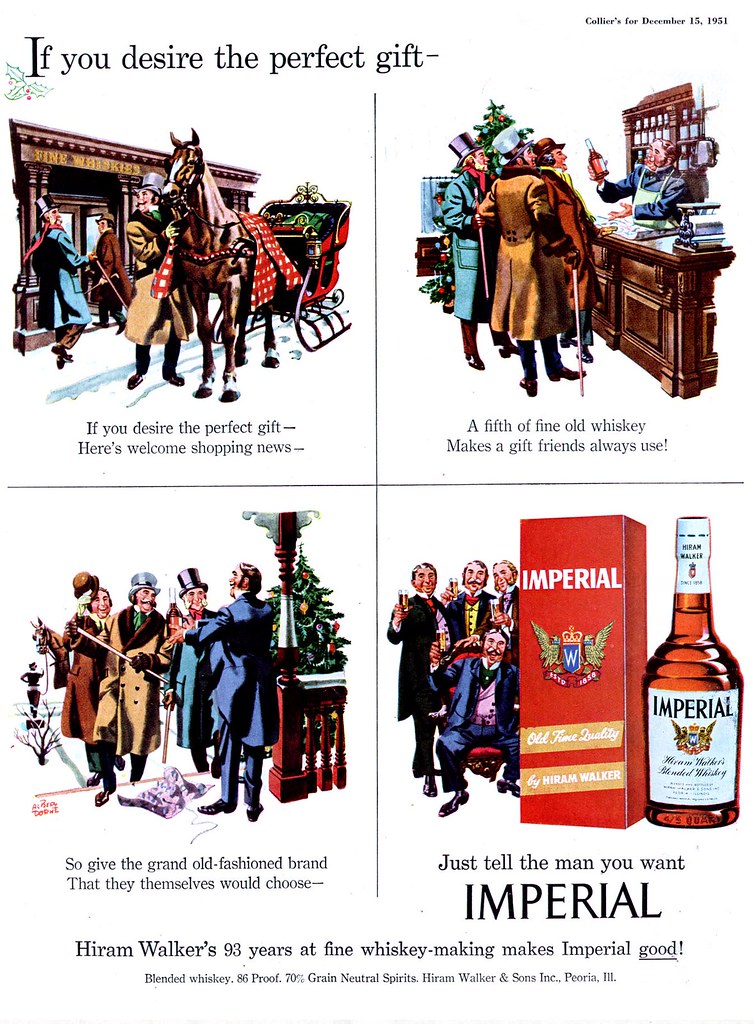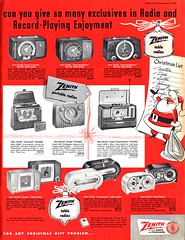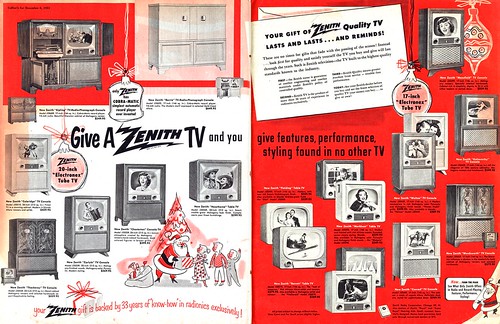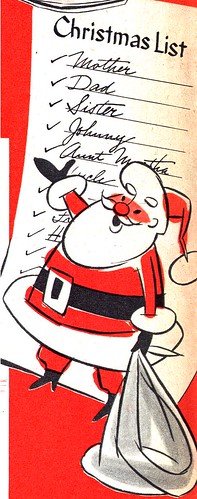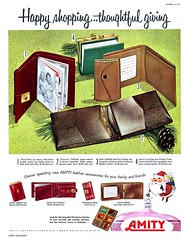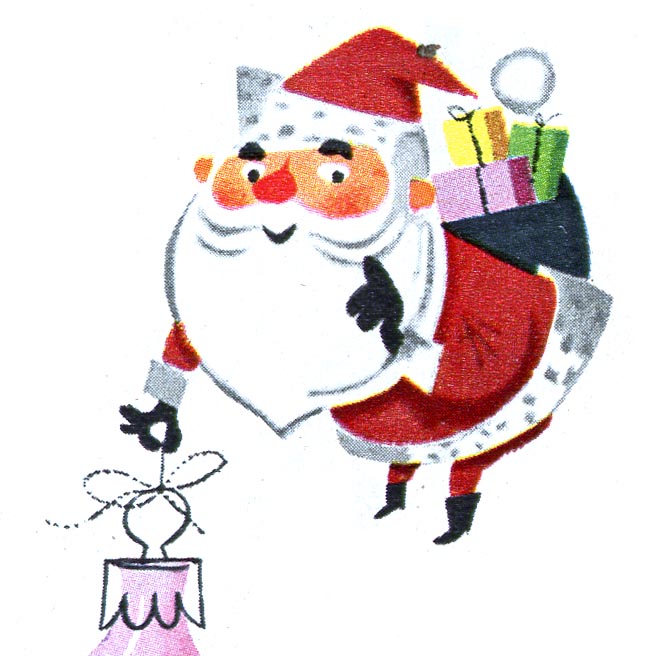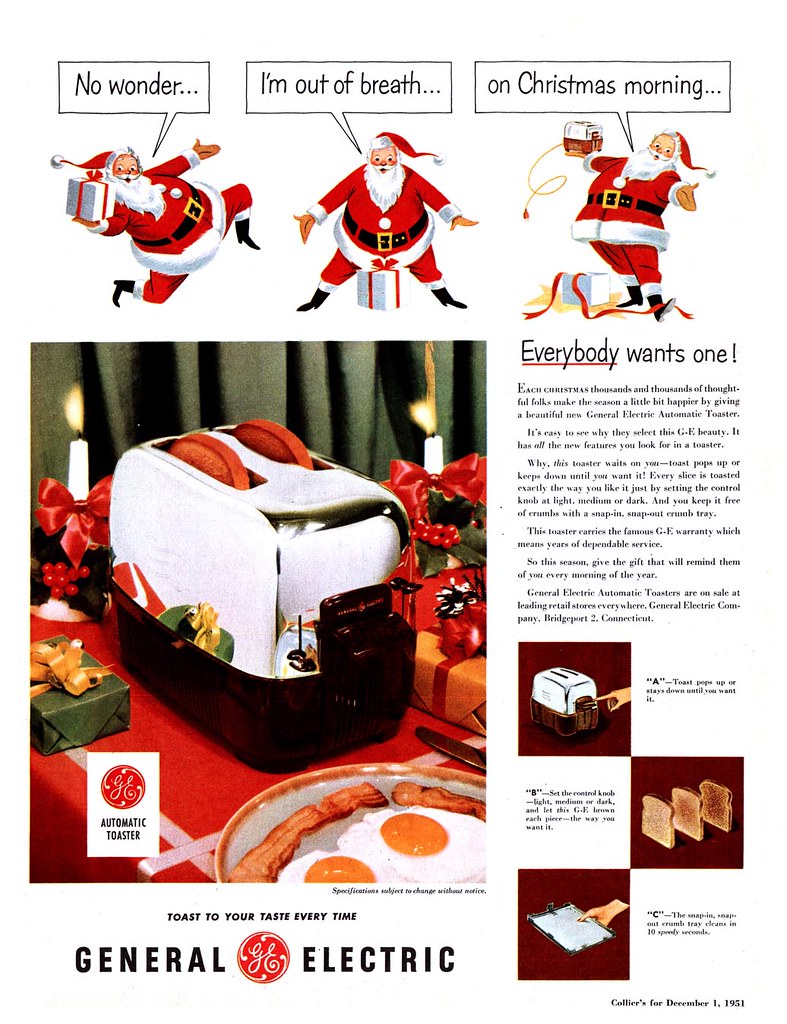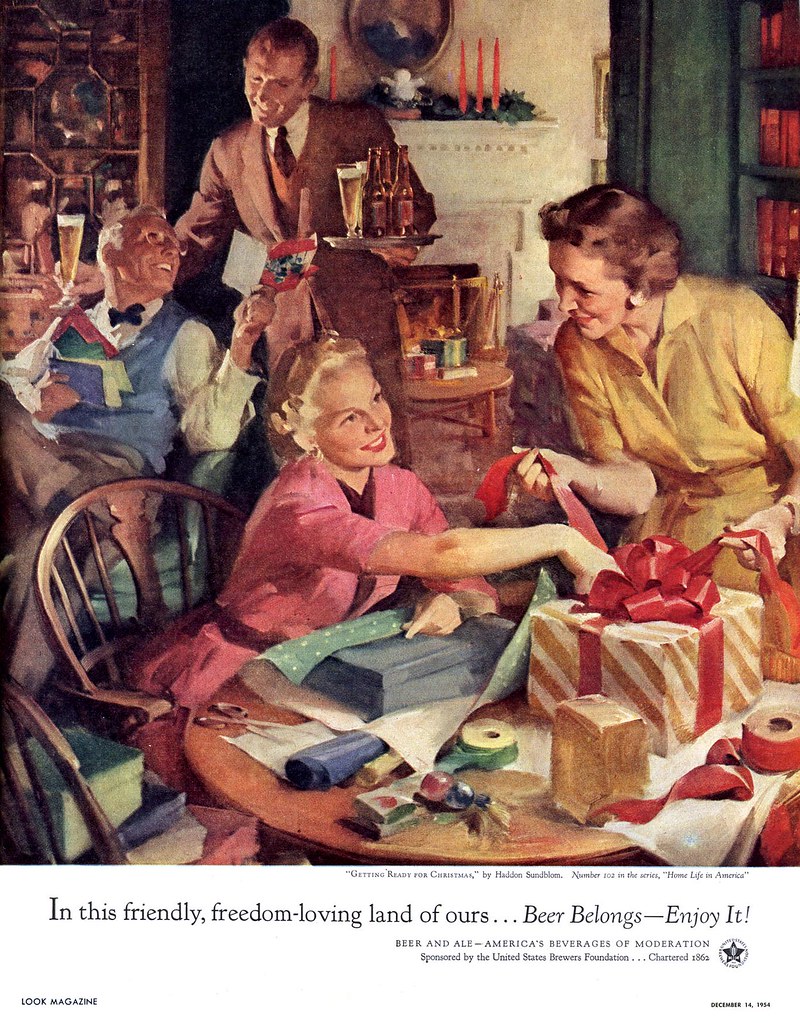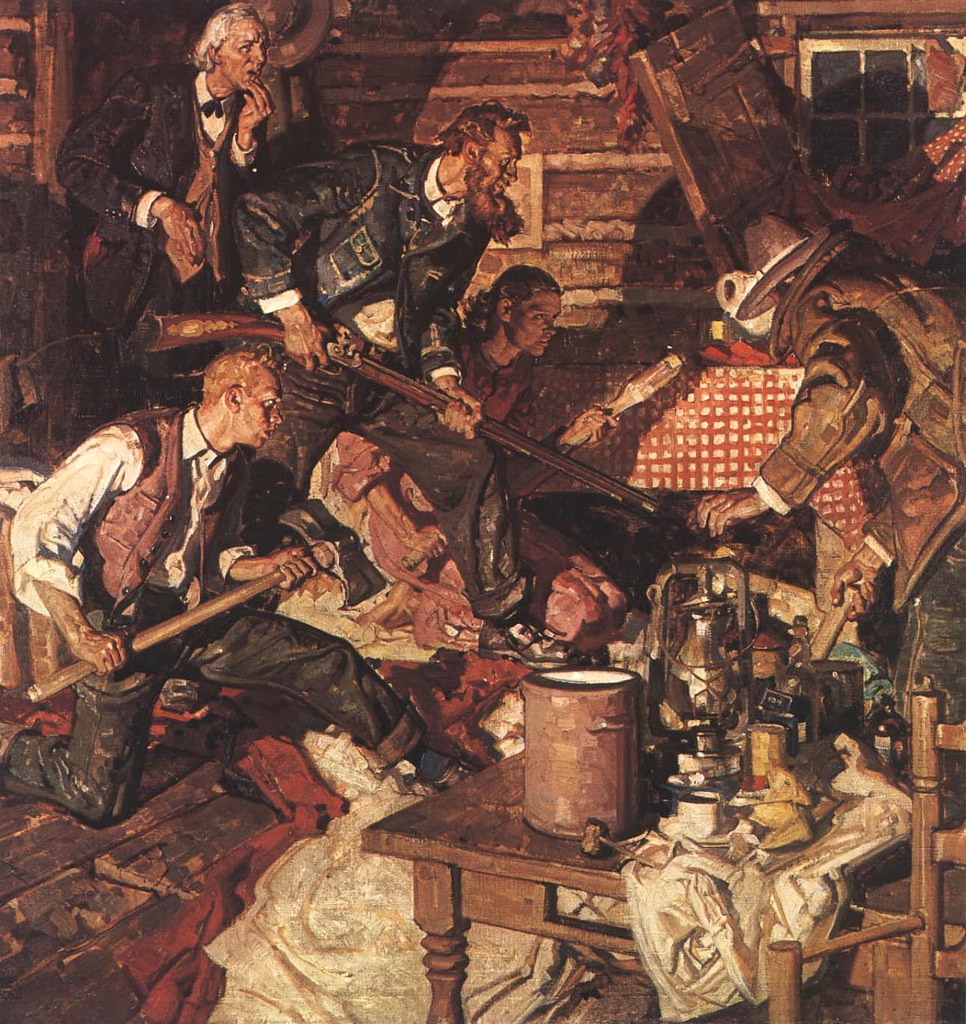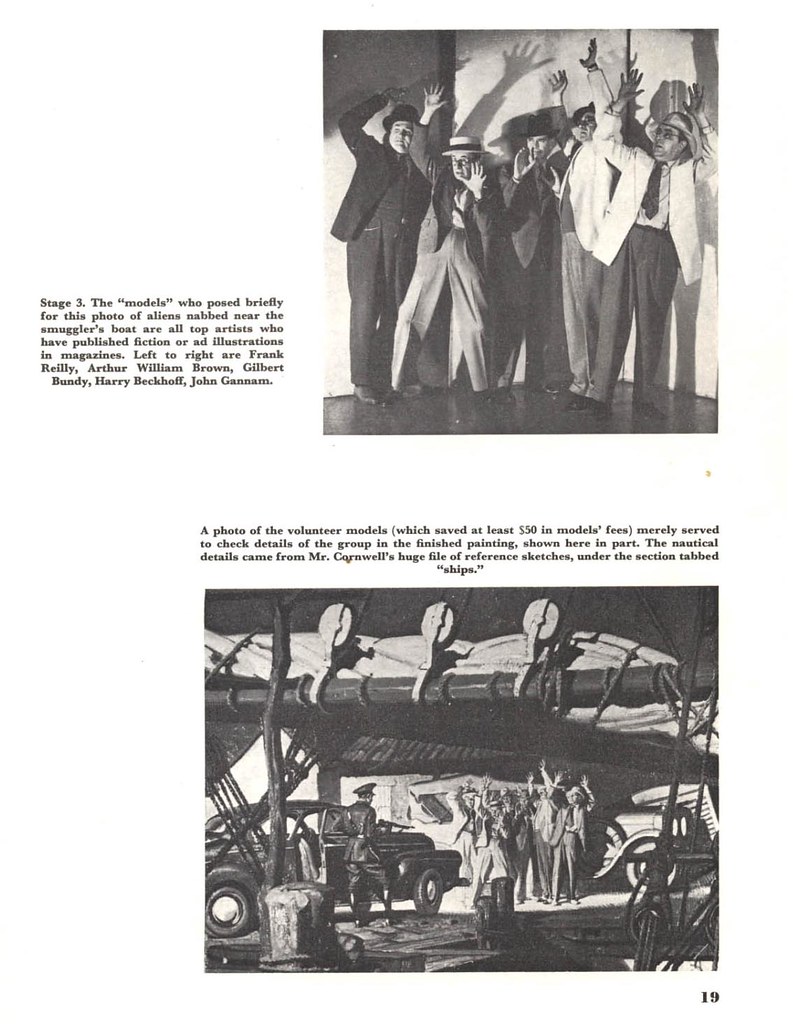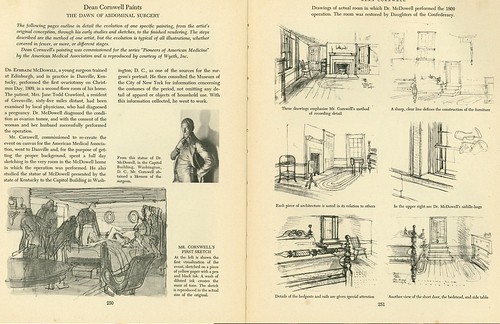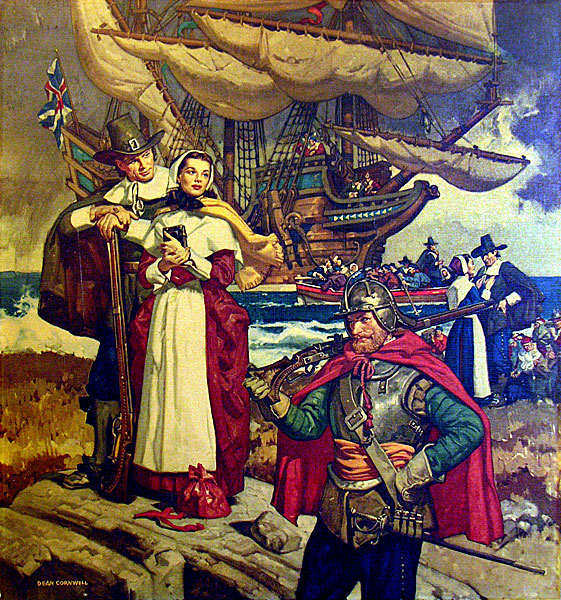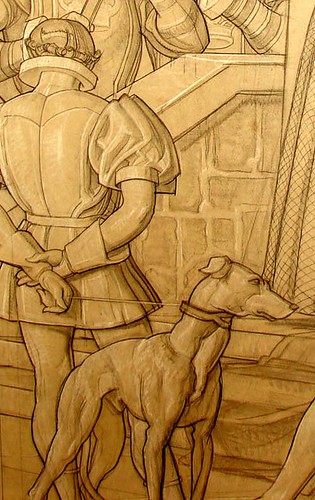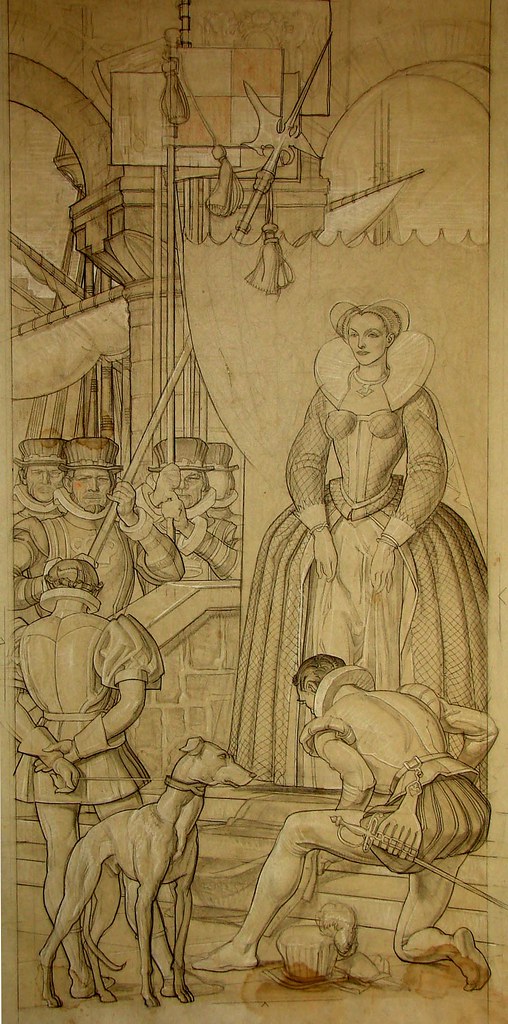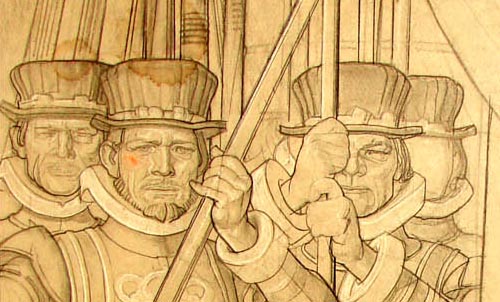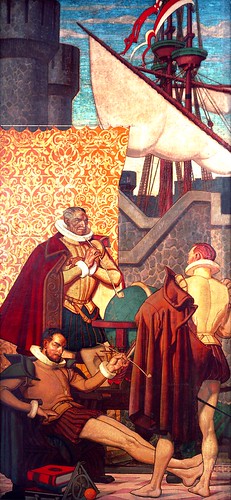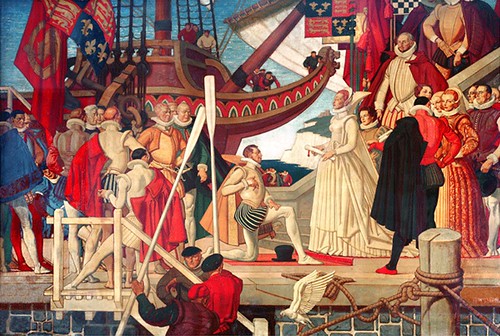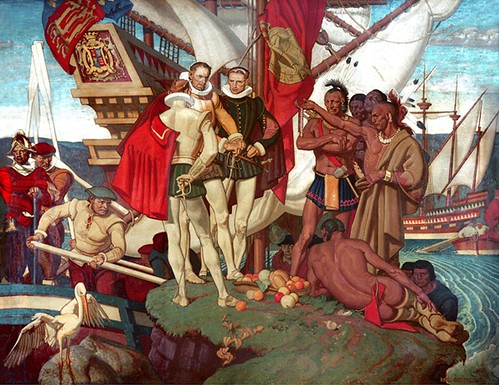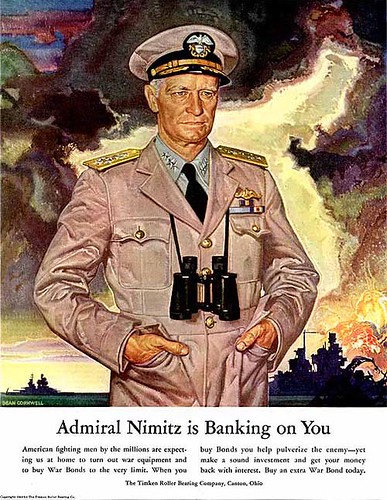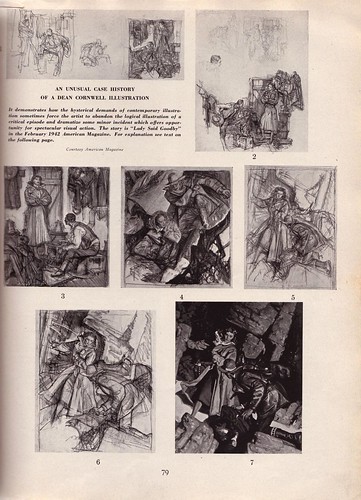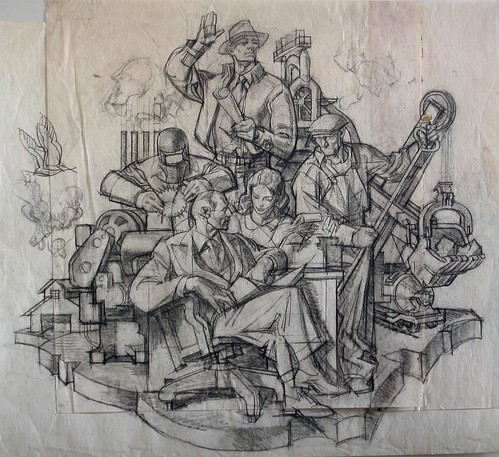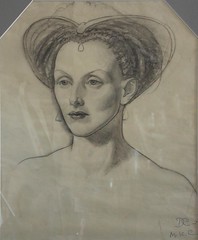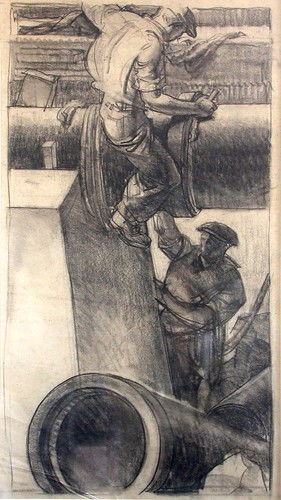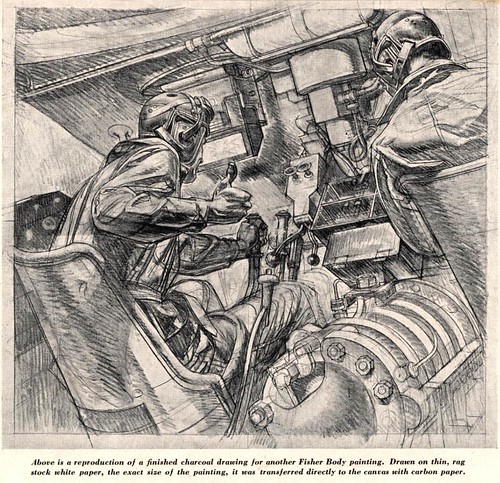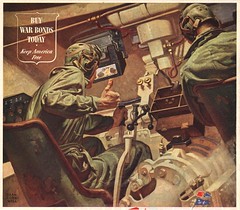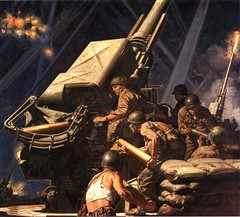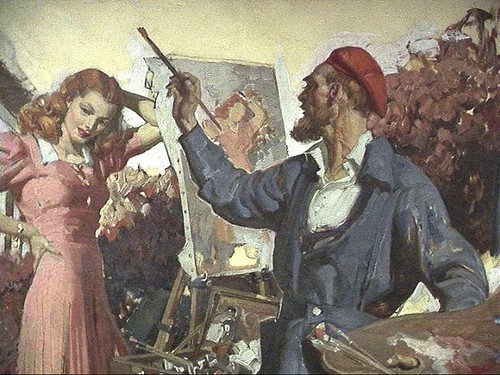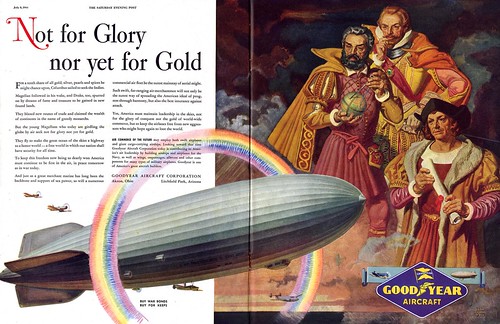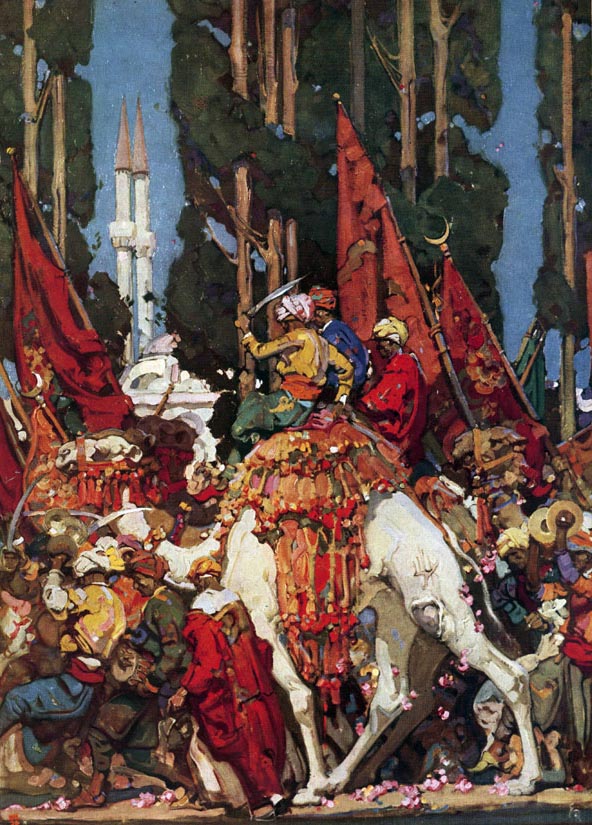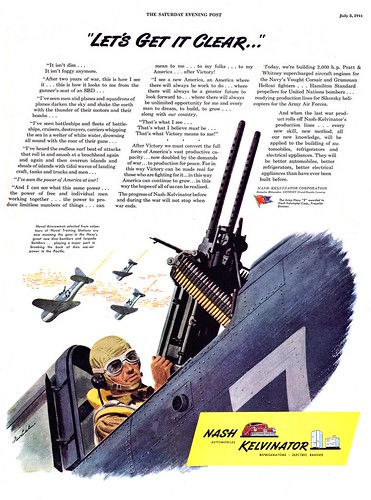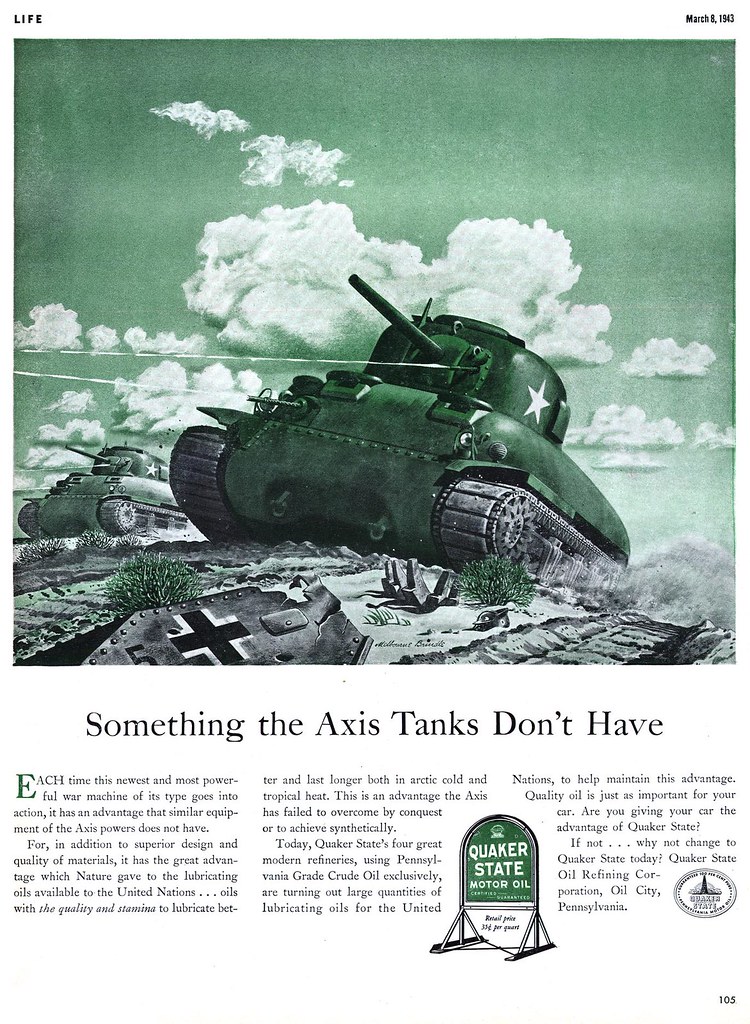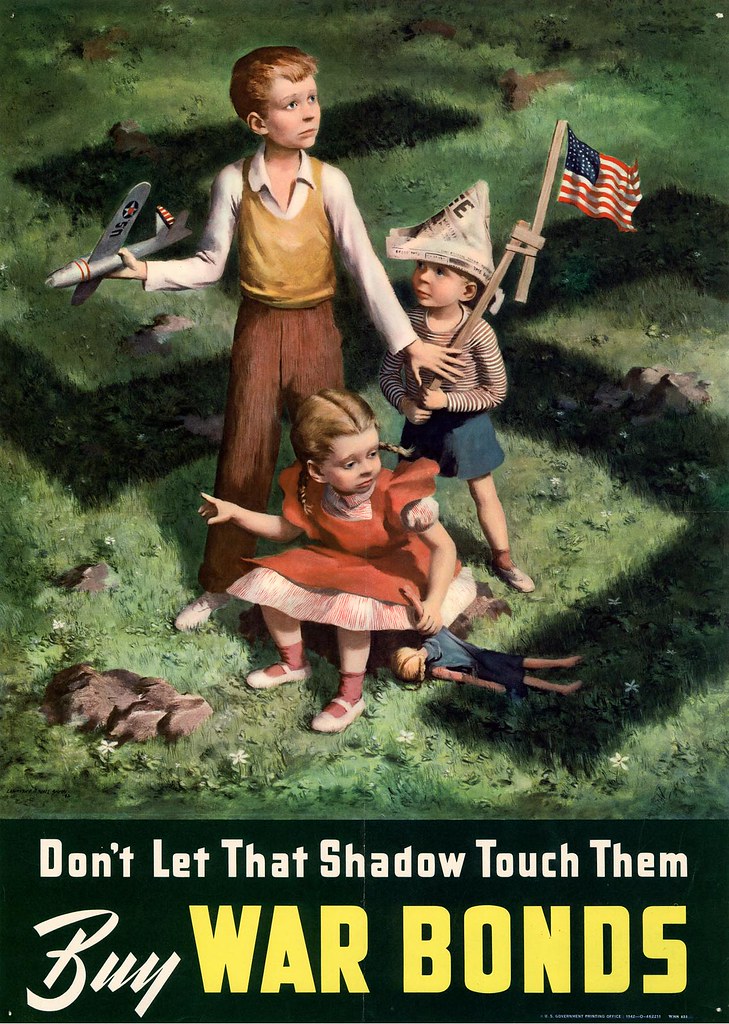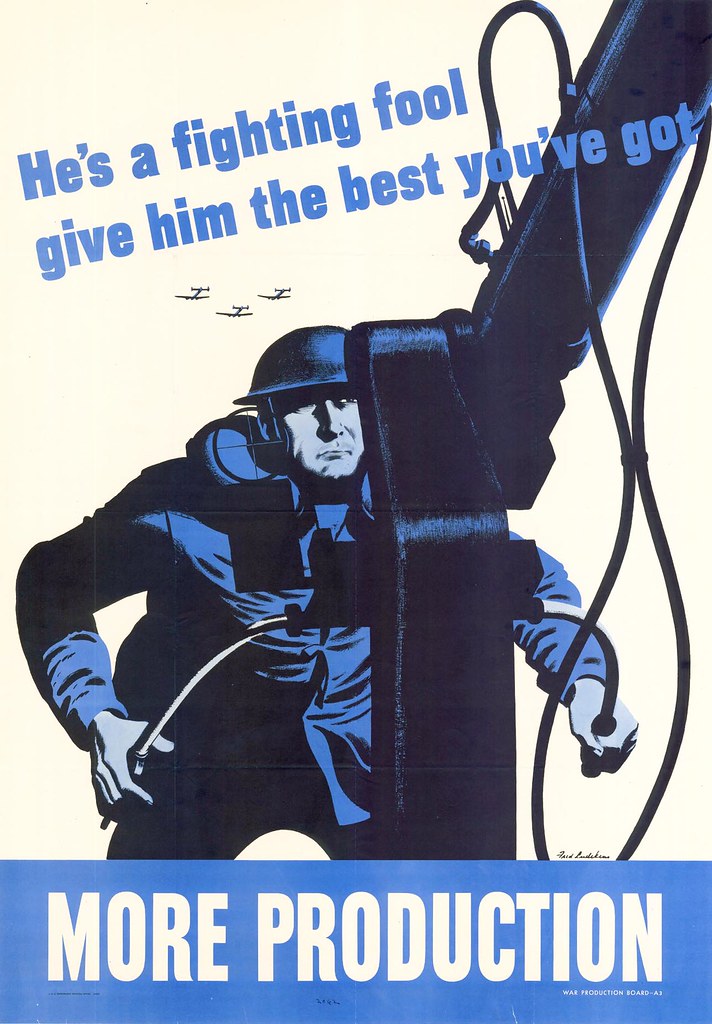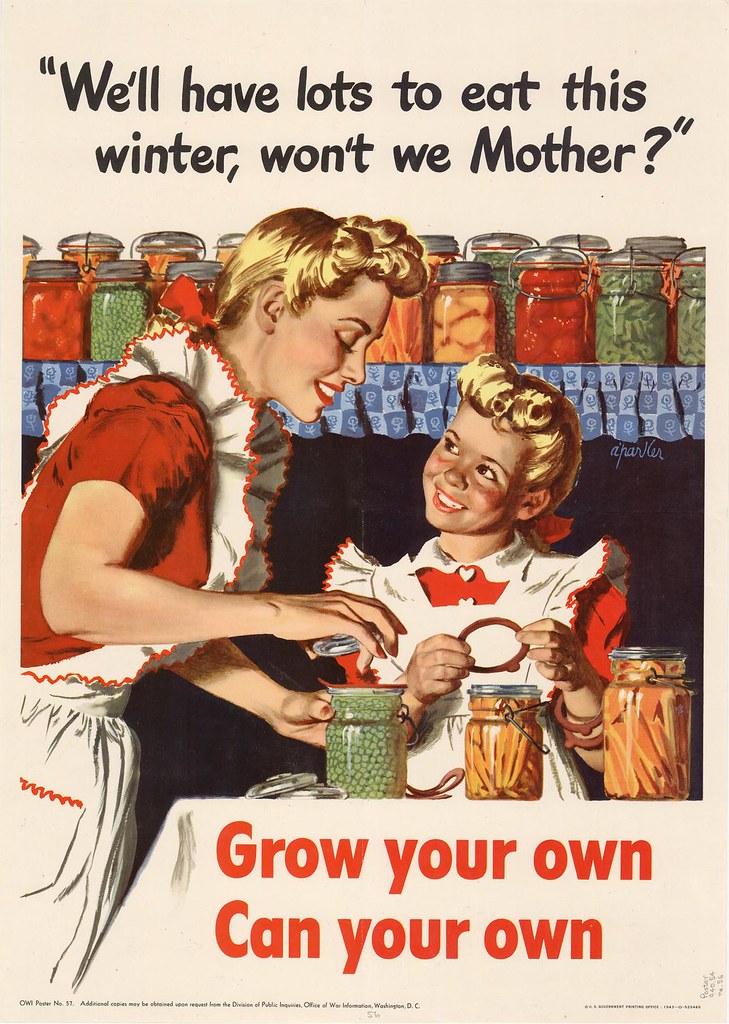Babe Lovell was trying to kill himself. He was trying to cave in his own skull against a nearby rock but no matter how much he flailed his head, he couldn't reach it.
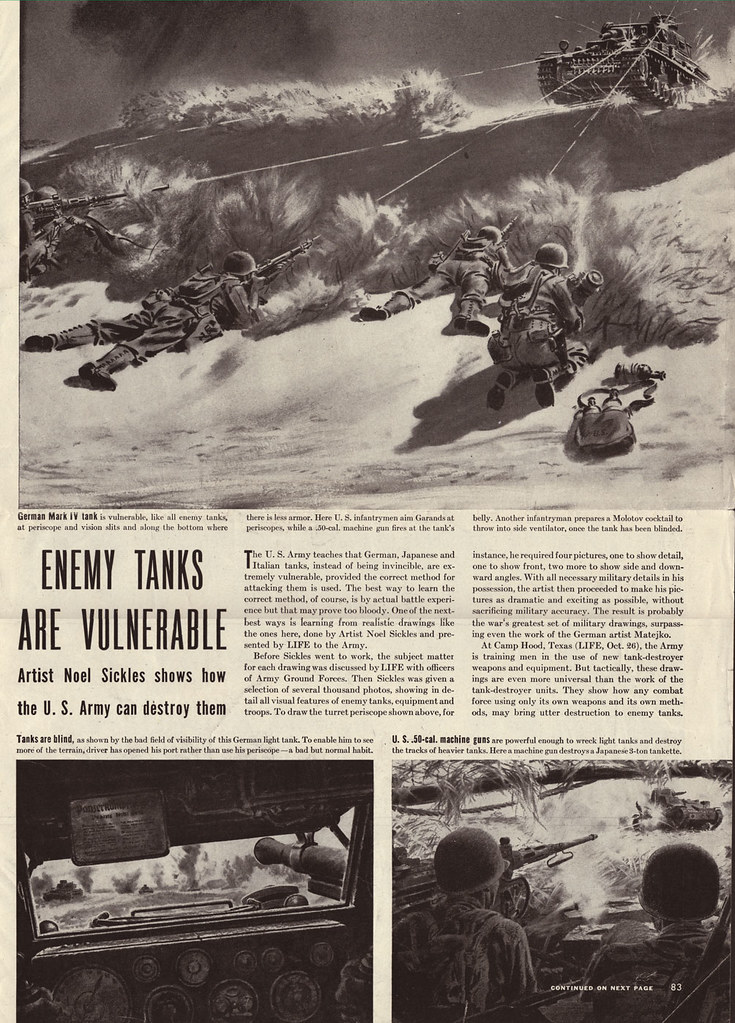
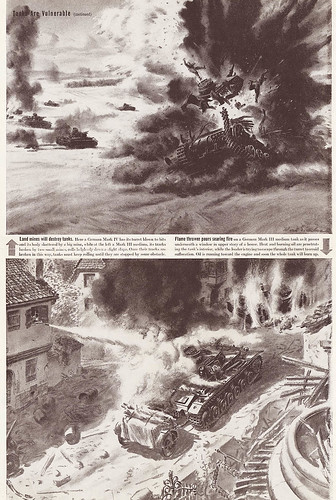
This is how the Canadians fought in Italy during WWII: slogging over hill and mountain from one tiny village to the next with nothing but their determination and the worn out equipment cast off by other armies. Doing the dirty work of fighting house to house, room to room, hand to hand while no one helped, watched or, as far as they could tell, cared. Relentlessly ever pushing north, forcing the Germans back.
This is how Babe Lovell found himself fighting for his own death: wide awake and trapped under the rubble of an exploded house, his shoulders pinned under the weight of a heavy wooden beam, his legs pinned under another, his body twisted, broken and bleeding, while fire slowly burnt off his feet and legs. Somewhere above him, through the smoke and dust, wood and stone, his mates and the German soldiers they had encountered were blasting machine guns at each other, oblivious to his screams of agony.

Was this God's punishment for Babe's misspent youth? At sixteen, Babe had heaved a teacher through a glass door at school. He'd had the strap so many times as a boy, he finally stole it. Was this payback for the Italian farmer he had shot and killed during a street fight? Or maybe it was the German soldier he had killed a few days before Christmas of '44. But Babe was already punishing himself for that one. He had plundered the dead man's pack only to discover a letter and toys for the dead German soldier's children. The guilt that came with the realization that his enemy was just a man like him on the other side of this war was punishment enough.
How much pain can one man bear? It depends on the man and, more important than his physical strenghth, it depends on his strength of will. Babe's legs burned for more than an hour before the Germans retreated and a Canadian scout could search for survivors. First he poured buckets of water down through the rubble where the screaming was coming from, then the digging began.
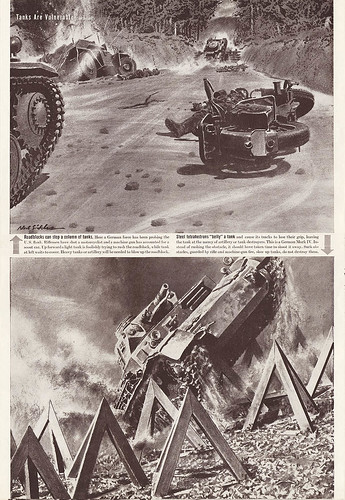
Babe Lovell had spent his whole life in one fight or another and had whipped pretty much anyone and anything that had come at him, but in the end he was beaten by a girl. When May finally found him at the hospital back in England he would not return her embrace.
"You can't marry me," he said. "Not like this. Its all changed. I'm a cripple. You shouldn't have come. You'd better go now."It might have ended there, but Babe had underestimated May's stubborn determination. Though she left the hospital in sadness and confusion, she was back the next day and this is what she said:
"Babe Lovell, we are getting married. I love you, and I don't care what you say."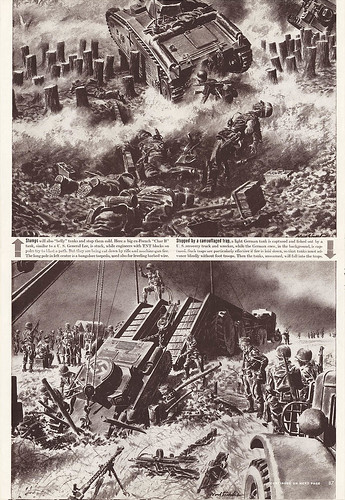
It can be difficult for those of us who have lived only in peaceful lands to fully realize how much others have endured on our behalf. As this Thanksgiving weekend approaches, let's take a moment to appreciate the sacrifices of those who know what it is to live life during wartime.
* The accompanying art by
Noel Sickles is provided courtesy of
Josh Sheppard but was first clipped by AD Don Smollen, who then gave them to Star Wars poster illustrator, Tom Jung, who passed them along to Josh. Josh would like to give credit to Don's 40 years of collecting great classic illustration. You can see these images at full size in my
WWII Flickr set.
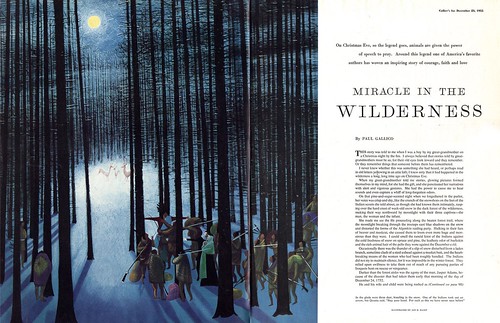 Throughout the 50's, while the public and the industry were still fully immersed in the idealized realism of the "Cooper look", one artist was forging a unique path of stylized illustration - and getting more than enough work from both advertising and editorial clients: Jan Balet. Part cartoonist, part whimsical storybook illustrator, part fine artist, Balet was the darling of many a magazine art director - especially of women's magazines. Only a handful of illustrators, people like Aurelius Battaglia, Jane Oliver and Thomas Vromann, were producing uniquely stylized work for the mainstream magazines of the 50's, and none of them had as much of a presence on the page as Jan Balet.
Throughout the 50's, while the public and the industry were still fully immersed in the idealized realism of the "Cooper look", one artist was forging a unique path of stylized illustration - and getting more than enough work from both advertising and editorial clients: Jan Balet. Part cartoonist, part whimsical storybook illustrator, part fine artist, Balet was the darling of many a magazine art director - especially of women's magazines. Only a handful of illustrators, people like Aurelius Battaglia, Jane Oliver and Thomas Vromann, were producing uniquely stylized work for the mainstream magazines of the 50's, and none of them had as much of a presence on the page as Jan Balet.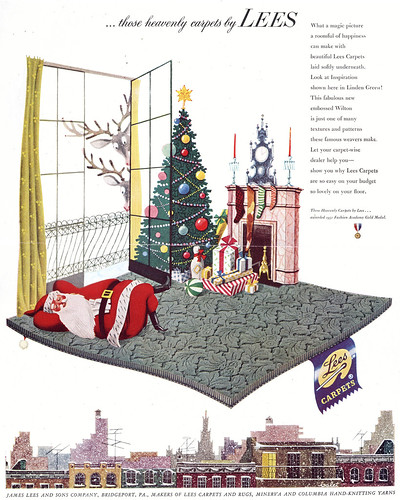 So its particularly maddening that there is barely a scrap of biographical information about the artist anywhere that I've searched. He was born in 1913, he did some childrens book illustration besides his advertising and editorial art. He went on to do fine art prints. Sadly, beyond that, Jan Balet remains a mystery.
So its particularly maddening that there is barely a scrap of biographical information about the artist anywhere that I've searched. He was born in 1913, he did some childrens book illustration besides his advertising and editorial art. He went on to do fine art prints. Sadly, beyond that, Jan Balet remains a mystery.